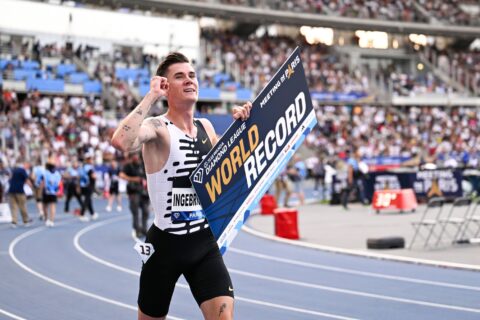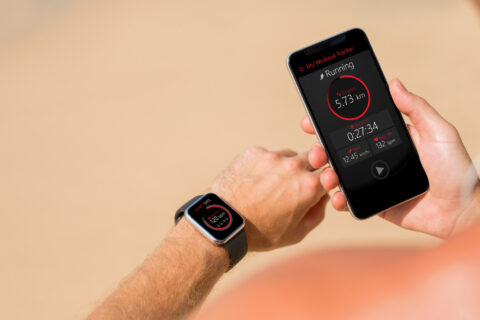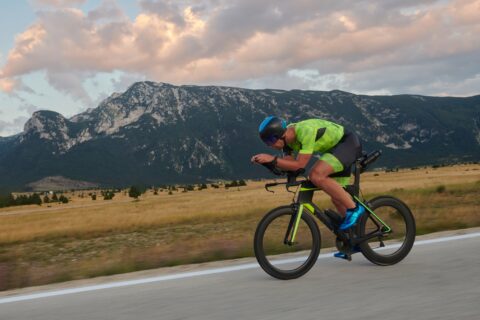In 2020, Dr. Stephen Seiler presented during the U.S. Rowing Coaches digital conference. With over 350 participants, there were lots of questions.
During his lecture, he answered some of the questions. In this video, he answers five more that he was unable to answer during the live event. (These are not just rowing questions, they are endurance training questions!)
The questions are:
- 0:40 – “Would you change a training plan for someone who tends to have a higher heart rate (either from trauma or going into fight or flight mode) during high intensity efforts?”
- 3:18 – “I work with junior athletes at all skill levels and ages from junior high to high school. We use 2,000-meter tests to determine training zones right now. We use the same zones, but I’m curious about the percentages. Your zones are expressed as a percentage of max heart rate. How would you express your zones as a percentage of 2,000-meter power or pace (watts or split)?”
- 5:49 – “I have long wondered why masters rowers are racing 1,000-meter races, and physiologically how at odds that is with what rowers, particularly masters rowers, like to do—long, slow steady rowing. I think it’s still the best way to improve technically, but how do I reconcile the effect for training? I recently started coaching a masters team. Should I have them do more land training with strength and conditioning as a way to balance the training program?”
- 7:54 – “What do you tell your athletes to do (or not do) on their off days? How would you describe a rest day? How much activity is too much?”
- 10:24 – “I was thinking about the slides Dr. Seiler put up, and his focus on polarizing below the first threshold and above the second. I am aware that a lot of cyclists focus on spending a lot of time in the ‘sweet spot’—which, as I understand it, is just below the second threshold. I’ve heard it said that spending a lot of time just below threshold is a great way to improve aerobic capacity. Is that simply just a different theoretical framework? Or, more succinctly, how does sweet spot training fit into this 80/20 concept, if at all? Like many masters, I only have so much time—so I want to make sure that every workout is productive.”



